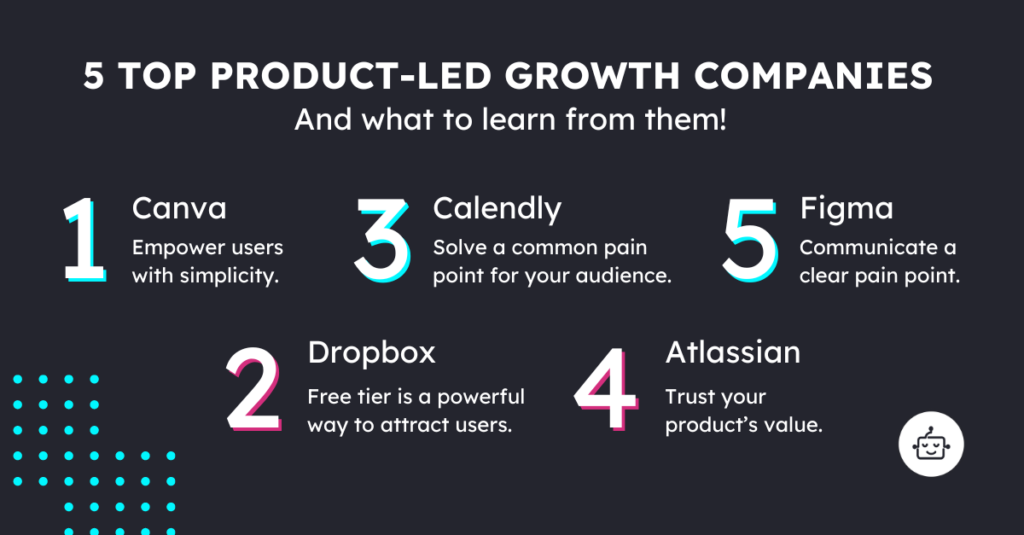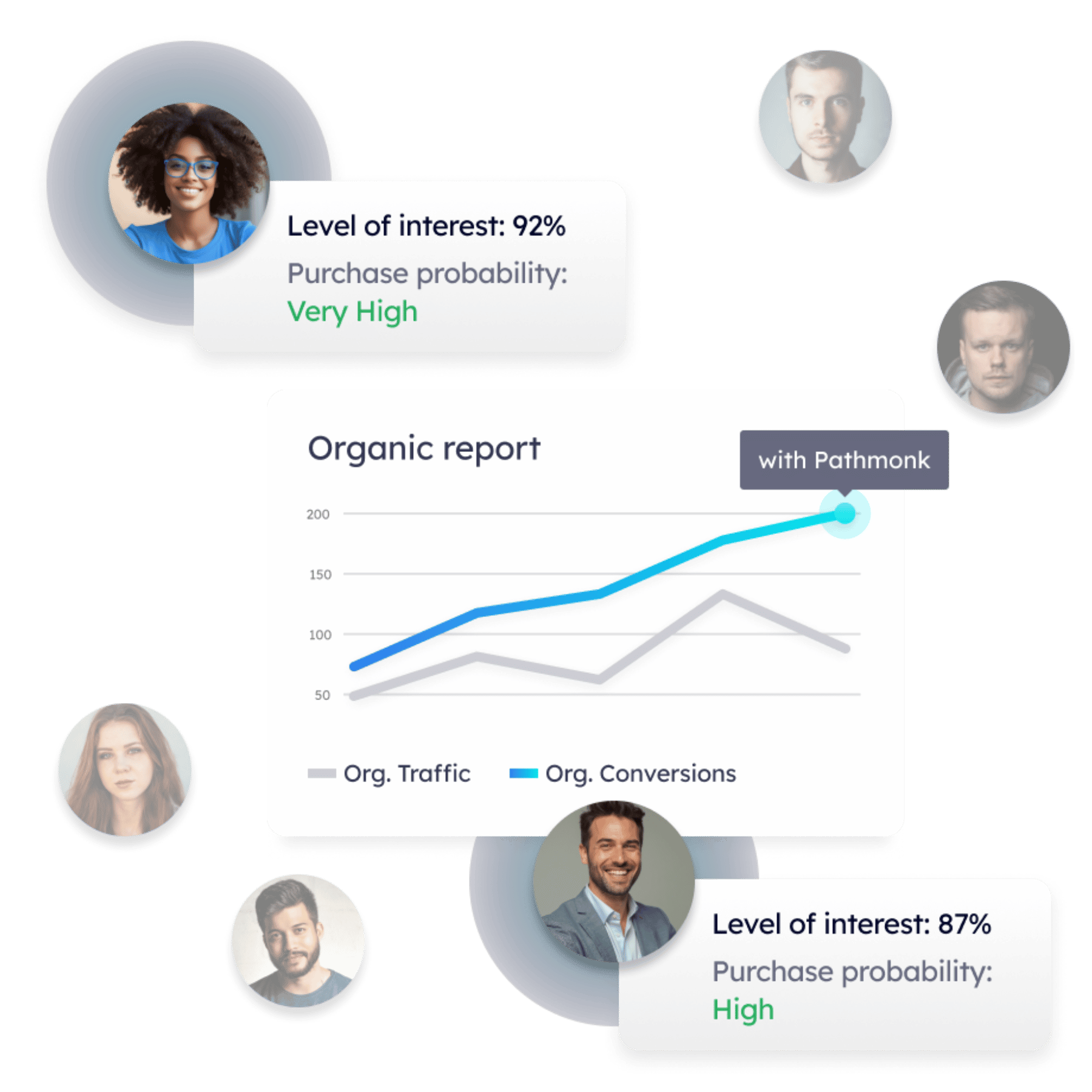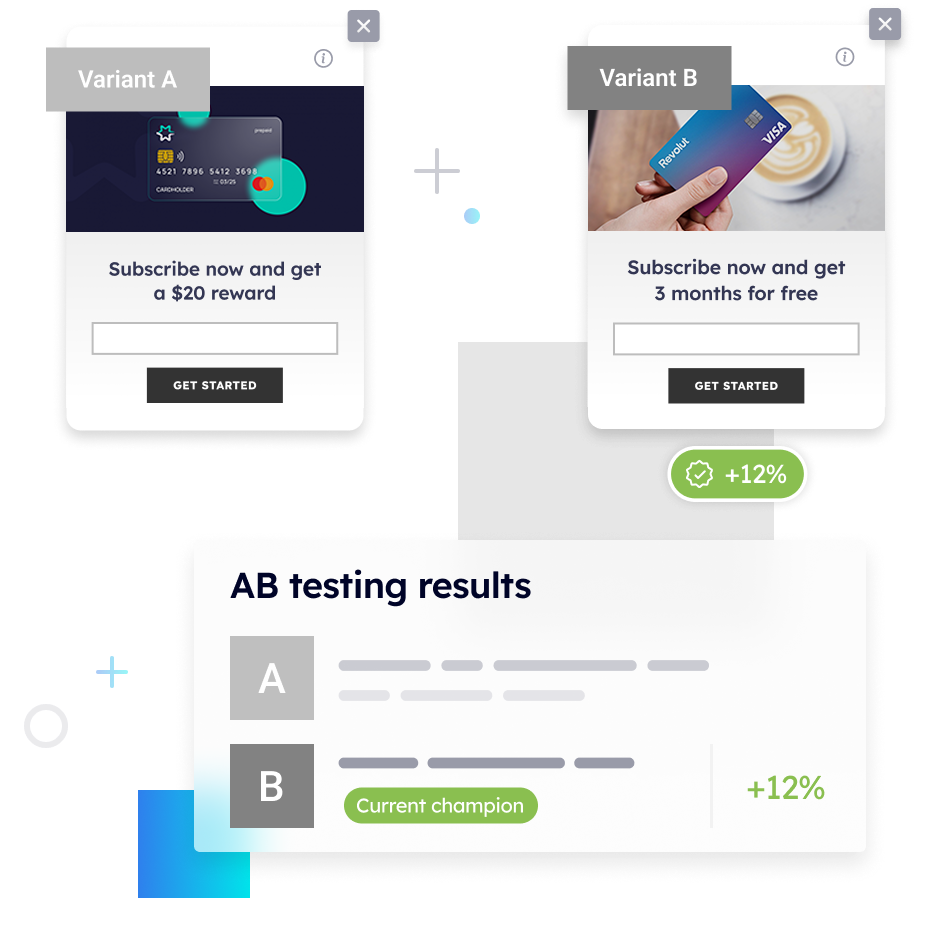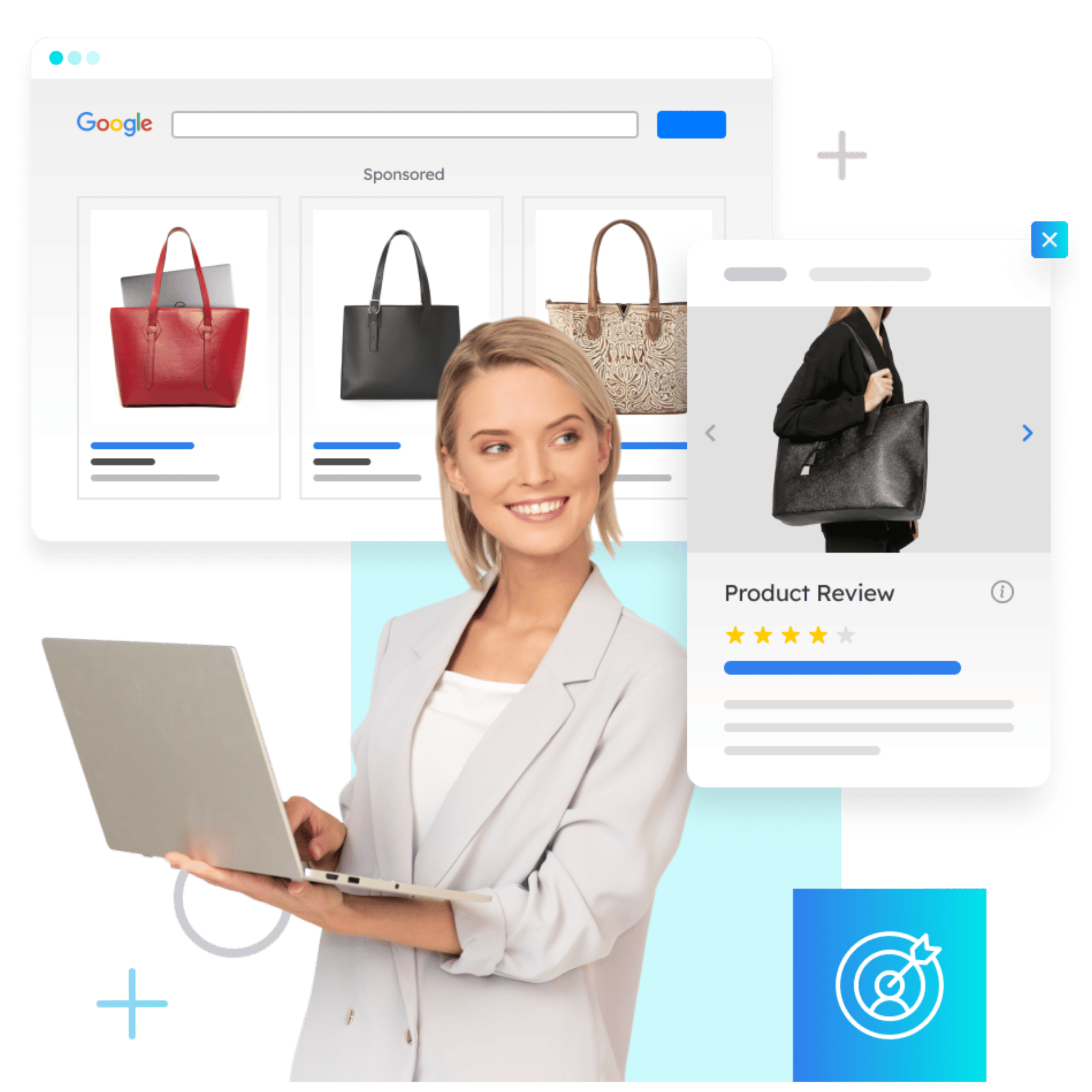
If you’re anything like me, you probably rolled your eyes the first time you heard “product-led growth” (PLG). Another buzzword, right?
Well, it turns out this one has some serious staying power!
To give you some perspective, a survey by OpenView Partners found that companies with a product-led growth strategy grow 2-3 times faster than those without one. So, if you’re still on the fence about whether this is the right strategy for your company, these numbers might be quite convincing.
Table of Contents
5 Top Product-Led Growth Companies
Let’s take a look at five top-notch companies with PLG strategies in action and what we can glean from their success stories.
1. Canva: Democratizing Design for Everyone
Canva has revolutionized the graphic design industry by making design accessible to everyone, regardless of their skill level. With an intuitive drag-and-drop interface and a plethora of templates, Canva allows anyone to create stunning graphics easily.
Lesson Learned: Empower users with simplicity and accessibility. Canva’s success stems from its ability to simplify design, providing powerful tools in an easy-to-use format. By addressing the needs of a wide audience and making design accessible to all, they created a product that people quickly adopted and loved.
2. Dropbox: Because Everyone Loves Free Stuff
Dropbox’s “freemium” model is the stuff of legends. By offering a basic service for free, they created an army of loyal users who didn’t mind forking over some cash for extra storage once they got hooked. Plus, they brilliantly incentivized users to invite their friends by offering extra space.
Lessons Learned: Give a little to get a lot. Offering a free tier can be a powerful way to draw users in. But don’t just give away the farm; make sure the free version is good enough to show the value of the product, but leaves users wanting more (and willing to pay for it).
3. Calendly: Simplifying Scheduling for Everyone
Calendly has revolutionized the way people schedule meetings by removing the back-and-forth emails that often come with finding a suitable time. Its simple, clean interface and seamless integration with other calendar apps made it an instant hit among professionals.
Lesson Learned: Solve a common pain point with simplicity. Calendly’s success lies in its ability to make scheduling effortless. By addressing a universal problem and offering an elegant solution, they created a product that users found indispensable.
4. Atlassian: The Stealth Sales Model
Atlassian’s approach is unique because they don’t have a traditional sales team. Instead, they rely on their product to do the selling. Products like Jira and Confluence are designed to be intuitive and indispensable, leading users to naturally advocate for their wider adoption within their organizations.
Lesson Learned: Trust your product’s value. If your product truly solves a problem or improves a process, users will champion it. A strong, user-centric product, with a well-equipped landing page, can make the job of any marketer a lot easier.
5. Figma: Collaborative Design at Its Best
Figma took the design world by storm by offering a web-based, collaborative tool that made it easier than ever for teams to work together in real-time. Designers loved it, developers loved it, even managers who just wanted to peek in loved it. And the fact that it was accessible from any browser made it incredibly easy to adopt.
Lesson Learned: Communicate a clear, shared pain point. Figma nailed the collaborative aspect of design work, something that was a huge hassle before. By addressing a real, tangible problem, they created a product that teams not only wanted, but needed.

The Relevance of Optimized Customer Journey for PLG
So, what do these companies have in common?
They all focused on creating a product that was so good, user-friendly, and essential that people just had to have it – and refer to their friends. They didn’t rely on flashy ad campaigns or pushy sales tactics. Instead, they trusted their product to speak for itself, naturally driving users through their customer journey. By learning from these examples, you can start to understand how relevant users can be to your success:
- User feedback: don’t just collect user feedback—act on it. Make it easy for users to provide feedback, and show them that you’re listening by regularly updating your product based on their suggestions. This builds trust and makes users feel valued, which in turn fosters loyalty.
- Onboarding: a good onboarding process ensures that users can quickly understand the value of your product without getting frustrated. Simplify it: use tutorials, guides, and in-app prompts to help new users get started. The quicker they see the value, the more likely they are to stick around.
- Customer training programs: offer comprehensive training programs to help users master your product. These can include online courses, live training sessions, and certification programs. Well-trained users are more likely to fully utilize your product and remain loyal customers.
- Feature prioritization based on usage data: use analytics to understand which features are most frequently used and highly valued by your customers. Prioritize the development and improvement of these features to enhance user satisfaction and engagement, ensuring that your product evolves in a way that best serves its users.
How Do I Know If My Product Is Suitable for a PLG Model?
Determining if your product is suitable for a product-led growth (PLG) model involves assessing various aspects of your product, market, and user base. Not every product is a perfect fit for PLG, and it’s essential to understand the characteristics that align well with this growth strategy.
- First, consider the usability and user-friendliness of your product. A core tenet of PLG is that the product itself drives user acquisition, retention, and expansion. This means your product should be intuitive and easy to use right from the get-go. If users can understand and derive value from your product without needing extensive training or support, you’re on the right track. Simplicity and a seamless user experience are crucial.
- Next, evaluate the potential for viral growth and network effects. PLG thrives on the idea that users will naturally share and promote your product within their networks, driving organic growth. Consider whether your product has built-in mechanisms for sharing, collaboration, or referral incentives. Products that facilitate communication and collaboration, such as project management tools or social platforms, often see higher success with PLG because they inherently encourage users to invite others to join.
- Another critical factor is the ability to provide immediate value. Users should be able to see the benefits of your product quickly. This often means having a free tier, freemium model, or a trial period that allows potential customers to experience the product’s value before committing to a purchase. Assess whether your product’s value proposition is clear and compelling enough that users are willing to start using it with minimal friction.
- Analyze your data and feedback mechanisms. Successful PLG products rely heavily on user data to drive continuous improvement and personalization. You need robust analytics to track user behavior, identify pain points, and measure engagement. Regularly acting on user feedback and iteration based on data-driven insights is vital. If your product development cycle is agile and responsive to user needs, it will foster a sense of trust and loyalty among your users, further fueling growth.
Free on-page SEO template
Improve your rank and website traffic with this step-by-step guide to on-page SEO.

What You Should Take From These Product-Led Growth Companies
Focus on the core value: every successful PLG company focuses on delivering their core value proposition effectively. Know what makes your product unique and double down on it. Don’t get distracted by trying to do everything. Instead, excel at what you do best.
Freemium models and trials: offering a free version or trial can be a great way to get users in the door. Consider a freemium model or free trial to attract new users. Ensure that the free version is valuable enough to showcase the product’s potential but leaves room for upgrades that enhance the experience.
Continuous improvement and innovation: the PLG leaders are never complacent. They continuously improve their products and introduce new features that add value for their users. This not only keeps existing users engaged but also attracts new ones. Show your users that you’re committed to providing the best possible experience.
Data-driven decisions: finally, making data-driven decisions is crucial for PLG. Always use data to guide your strategy. Implement robust analytics to track user behavior and inform your decisions. This will help you continuously refine your product, your customer experience and, finally, drive continuous growth.
Free template: CRO testing framework
Organize, prioritize, and execute conversion rate optimization tests with our framework.

How Pathmonk Can Enhance Your Product-Led Growth Strategy
Product-led growth models are known for providing autonomy for the user. Users will travel through their buying journey on their own, without talking to a sales representative. In practice, this means all product features, advantages and selling points must be very clear from thes start.
But controlling all these little touchpoints that will guide your visitors to conversion can be hard, especially when each prospect has a completely different way of buying.
That’s how Pathmonk’s technology can help you: by individualizing the customer journey to each individual user and making sure they receive the information they need at the right time.
Increase +180%
leads
demos
sales
bookings
from your website with AI
Get more conversions from your existing website traffic delivering personalized experiences.

Whether you’re just starting out or looking to refine your strategy, I hope these product-led growth companies can help you build products that not only attract users, but turn them into loyal advocates.
And if you are looking to increase a 50% conversion rate optimization on average, you can always try out this interactive Pathmonk demo, personalized for your website. You won’t have to talk to anyone, I promise! 😉





